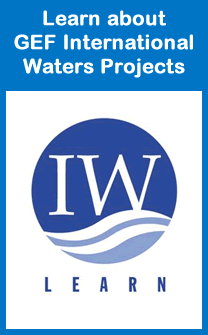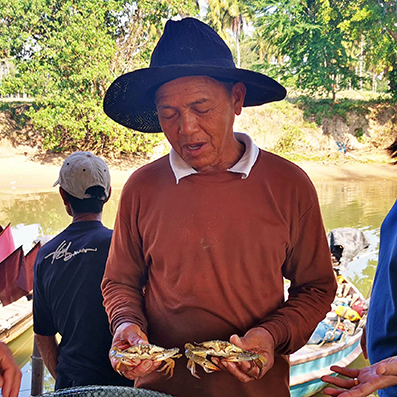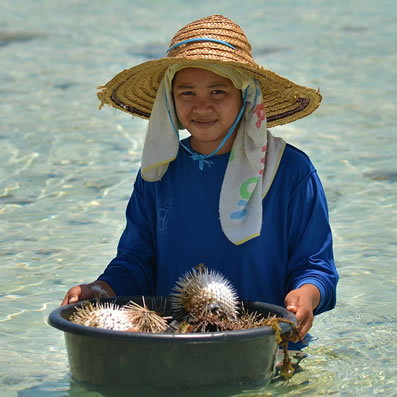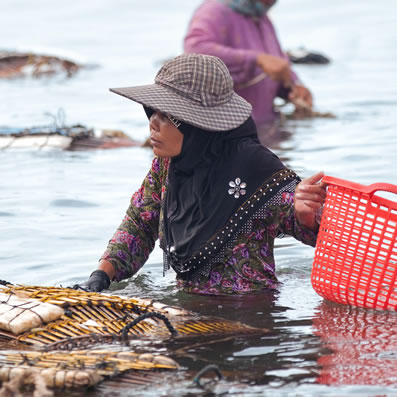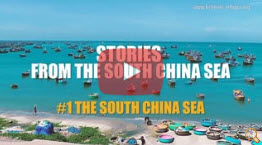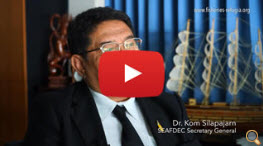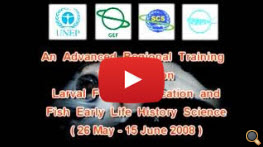THE SOUTH CHINA SEA FISHERIES REFUGIA INITIATIVE
FISHERIES REFUGIA PROJECT SITES
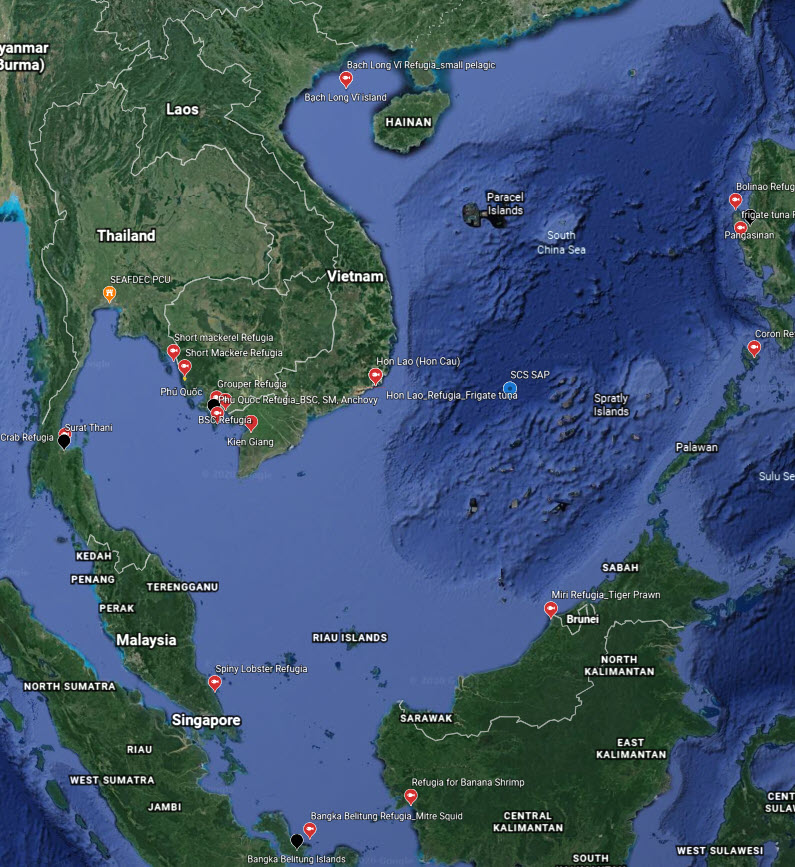 Click Here for
Click Here for More
Information
SCS SAP PRIORITY SITES (Habitat Linkages)
 All SCS SAP and
All SCS SAP and Fisheries Refugia
Priority Sites CHINA HABITAT
SITES CAMBODIA HABITAT
SITES INDONESIA HABITAT
SITES PHILIPPINES HABITAT
SITES THAILAND HABITAT
SITES VIET NAM HABITAT
SITES
Meet our Stakeholders
Social Media
Social Media
INTEGRATED COASTAL ZONE MANAGEMENT (ICZM) IN THE CONTEXT OF FISHERIES REFUGIA APPROACH
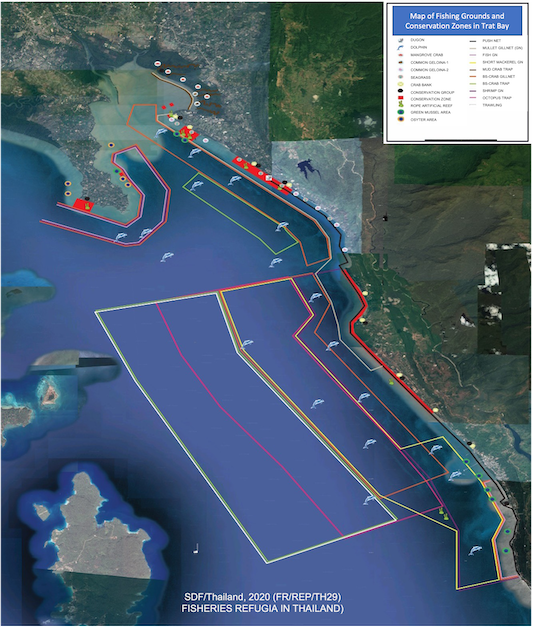
Figure: Credit to SDF/Thailand
FR APPROACH
Fisheries Refugia (FR) is a novel fisheries resources management approach to the identification and designation of priority areas in which to integrate fisheries and habitat management in the context of maintaining fish stock and critical habitats as satisfying the fishing community, social needs now and futures. The approach needs a good platform for building partnerships, enhancing communication and engagement of stakeholders, finding local and scientific-based knowledge, and put in place an effective integration of fisheries and habitat management. In some cases, the management of FR may include the transboundary fish stock or shared stocks issues in which cooperation among relevant states is needed to take into accounts.
Read more ...Highlights of the 4th Regional Scientific and Technical Committee Meeting (RSTC4)
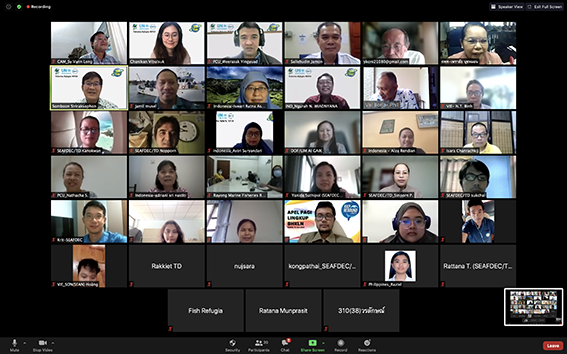
SEAFDEC/PCU organized the 4th Regional Scientific and Technical Committee Meeting (RSTC4) via Zoom Platform on July 22nd, 2021. The RSTC4 aims to harness the national scientific and technical expertise and knowledge required to inform the policy, legal and institutional reforms for fisheries refugia management in the South China Sea and the Gulf of Thailand. The RSTC4 was attended by National Scientific and Technical Focal Points from 6 participating countries, regional experts, scientists from national institutions, and SEAFDEC/Training Department. A total of 43 participants, including 21 females and 22 males.
A total of 70 activities at national and regional levels, implemented from 2020 to June 2021, are summarized. It highlights the achievements of the project implementation, particularly the planned outputs such as seven fisheries profiles, revision of fisheries law, regulation, fisheries management plan, strategic plan, and adoption of the Regional Action Plan for Short mackerel. Significantly, two adopted fisheries refugia in Cambodia together with a total of 5 tentative fisheries refugia in Malaysia (2), Thailand (2), and Cambodia (1). The activities-based progress in percentage and cumulative expenditure and co-financing to date from all executed partners are presented.
A highlight of the project implementations are as follows:
1) A total of 73 activities were conducted by six participating countries, namely Cambodia, Indonesia, Malaysia, Philippines, Thailand, and Viet Nam.


Read more ...
Southeast Asia: Fish Bank of the World
GEF-UNEP/SEAFDEC Fisheries Refugia Project
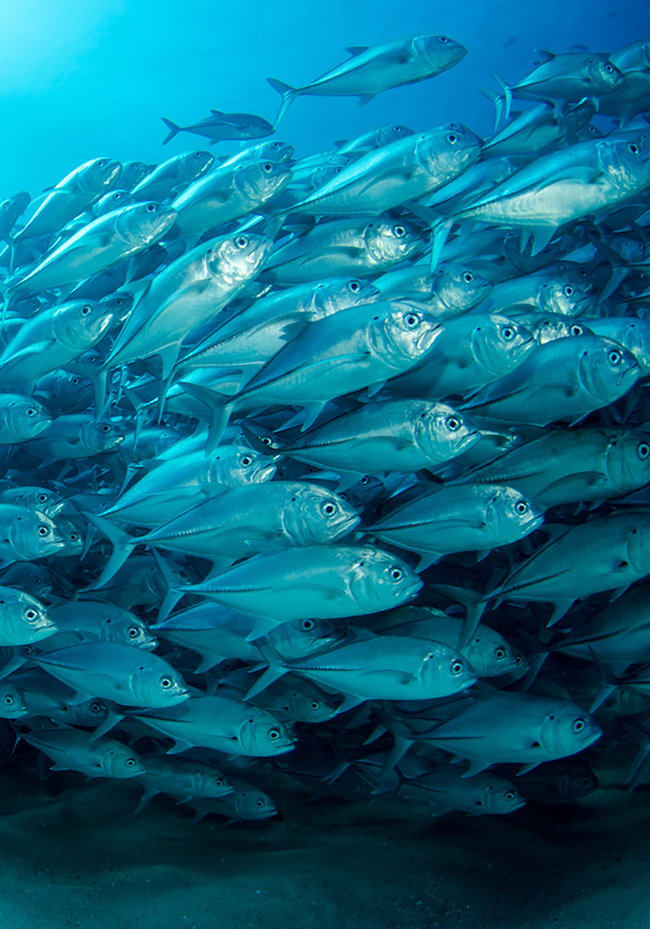
Photo: Credit to EARTH.COM (Rory Arnold).
The Southeast Asian region is bounded by two oceans between Indian Ocean on the west and the Pacific and also is located by major rivers, lakes, and seas where created the region’s aquatic ecosystems diversity and supply direct and indirect food of the world. The Southeast Asian region has been playing significant role in providing fish and fishery products to the global food fish supply. In the State of World Fisheries and Aquaculture 2020 (SOFIA 2020), FAO estimated that the global fishery production in 2018 was about 179 million tonnes (t) valued at USD 401 billion. Of this total, the Southeast Asian region contributed 46.53 million t or approximately 26.0%, valued at USD 51.80 billion or approximately 13% of the total value of the global fishery production. Based SEAFDEC Fishery Statistical Bulletin 2018 (SEAFDEC, 2020), fisheries production of Southeast Asia comes from three sub-sectors: marine capture fisheries, inland capture fisheries, and aquaculture. While aquaculture contributed about 54.0% of the region’s total fisheries production in terms of quantity in 2018, marine capture fisheries accounted for 39.0% and inland capture fisheries at 7.0%. In terms of value about 38.0% was contributed by aquaculture, 54.0% by marine capture fisheries, and 8.0 % by inland capture fisheries (Table 1). The tuna groups have been the most economically important marine species in terms of production value, and ranked the highest in value accounting for about 14.57% of the total production value in 2018
Table 1 Fisheries productions of the Southeast Asia (by sub-sector): Quantity (Q) in million metric tons and Value (V) in billion US$

Data supplied by the Fishery Statistical Bulletin of Southeast Asia 2018. Credit SEAFDEC 2020
Read more ...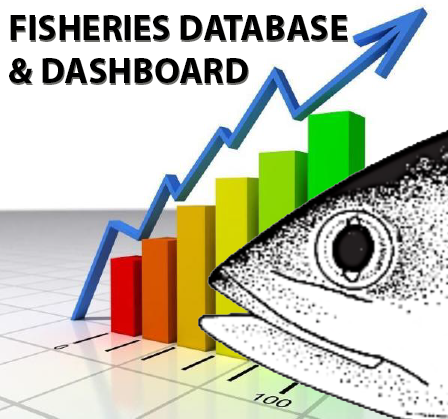
Events
The 8 th Regional Scientific and Technical Committee Meeting
DATE: 23 December 2022
LOCATION: Virtual Meeting
Download Documents Download PresentationsProject Document

About Fisheries Refugia
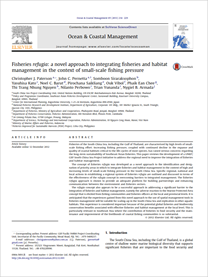
Refugia Guidelines
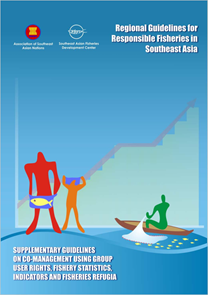
VISIT IW:LEARN
